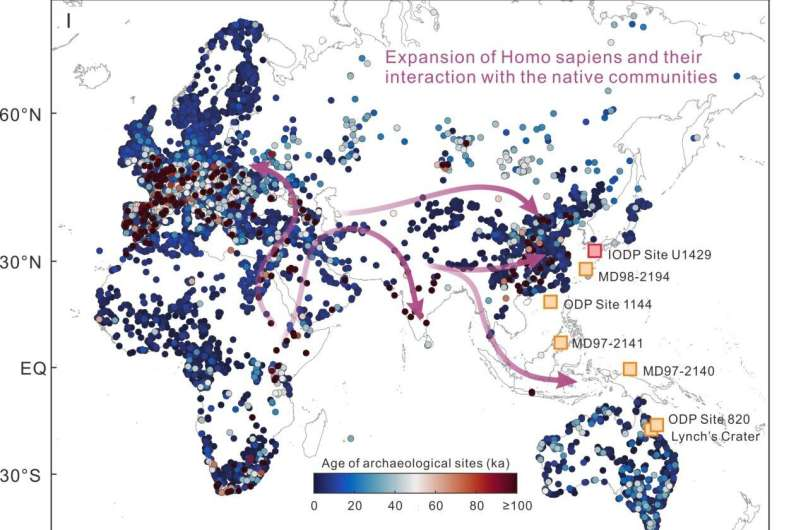A team of researchers from Newcastle University and the University of Exeter has identified what is believed to be the lost residence of Harold Godwinson, the last Anglo-Saxon King of England. Their findings provide new insights into the power centers of pre-Norman England.
The Bayeux Tapestry, shows King Harold riding to Bosham, where he attends. Credit: University of Exeter
The Legacy of King Harold II
Harold Godwinson, also known as Harold II, ruled England from January to October 1066. As Earl of Wessex, he played a crucial role in defending the kingdom against Viking invasions. His claim to the throne was challenged by William, Duke of Normandy, and Harald Hardrada, King of Norway. Though Harold successfully defeated Hardrada at the Battle of Stamford Bridge, he ultimately fell to William at the Battle of Hastings on October 14, 1066. His death marked the end of Anglo-Saxon rule and ushered in the Norman era.
Revisiting Historical Evidence
Through a combination of new surveys and reinterpretation of past excavations, archaeologists believe they have pinpointed a significant power center associated with King Harold. Their research focused on the coastal village of Bosham in West Sussex, a location prominently featured in the Bayeux Tapestry, which documents the Norman Conquest.
Bosham appears twice in the tapestry—once showing Harold feasting in a grand hall before departing for France and again upon his return. While historians have long speculated about the precise location of Harold’s residence, its existence remained unverified until now.
The plot of geophysical survey results from Bosham. Credit: University of Exeter
Breakthrough in Archaeological Investigation
The research team employed geophysical surveys, structural assessments, historical map analysis, and a reevaluation of a 2006 excavation by West Sussex Archaeology. Their efforts led to the discovery of two previously unknown medieval structures: one integrated into the current manor house and another located in the garden.
A key find from the 2006 excavation was a latrine within a large timber building, suggesting the site's elite status. By the 10th century, high-status residences in England had begun incorporating toilets, making this discovery a strong indicator that the structure was part of Harold’s home. The house, depicted in the Bayeux Tapestry, was likely part of a broader complex, including the nearby historic church.
Significance of the Discovery
The findings, published in The Antiquaries Journal, were led by Dr. Duncan Wright, Senior Lecturer in Medieval Archaeology at Newcastle University. He remarked, “The presence of an Anglo-Saxon en-suite confirms this site as an elite residence before the Norman Conquest. When combined with other evidence, it becomes clear that we have located Harold Godwinson’s power center, immortalized in the Bayeux Tapestry.”
Professor Oliver Creighton, Co-Investigator from Exeter’s Department of Archaeology and History, highlighted the importance of the discovery. “The Norman Conquest largely erased the physical traces of the English aristocracy. The Bosham site is therefore a rare and vital glimpse into Anglo-Saxon high-status living—essentially an Anglo-Saxon show-home.”
A Wider Research Initiative
This excavation is part of the Where Power Lies project, a collaborative effort between Newcastle and Exeter researchers, funded by the Arts and Humanities Research Council. The initiative aims to study the origins and development of aristocratic centers across England, offering a broader archaeological perspective on early medieval power structures.
Conclusion
The rediscovery of Harold Godwinson’s residence adds a new dimension to our understanding of Anglo-Saxon England. By confirming the existence of a high-status dwelling at Bosham, archaeologists have provided valuable insights into the final chapter of Anglo-Saxon rule before the Norman Conquest reshaped England forever.









